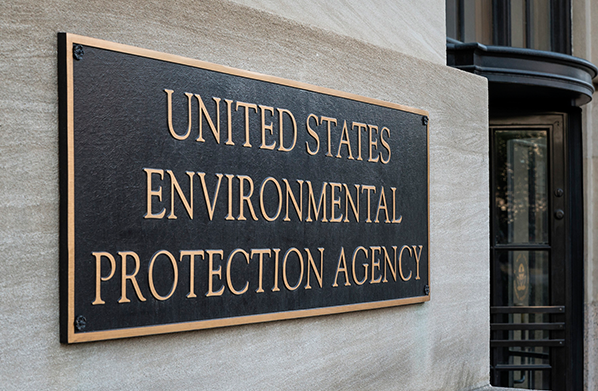As the Obama administration launches a push to regulate methane emissions from oil and gas drilling, it’s worth noting the Environmental Protection Agency’s dramatic past exaggerations on the issue.
In 2013, the University of Texas at Austin published an extensive study looking at methane emissions at 190 fracking sites. The study, which was the most comprehensive of its kind, discovered that the EPA had grossly overstated methane emissions; even after the agency scaled back its estimates, it had still overshot by about 20 percent, the study found.
While methane emissions are more potent than carbon emissions, the energy industry has actually reduced its methane emissions by more than 22 million metric tons in the past decade, other research suggests—this, even as the number of wells drastically increased.
And the University of Texas at Austin study also found that new “completion” technology widely embraced by the energy industry had successfully captured a whopping 99 percent of potential methane emissions.
The EPA seems to be drawing its alarmist methane conclusions without much research.
For instance, the Daily Caller reported in December that the agency’s assertions about the cost of methane emissions are “based on just one study conducted by the agency itself that went through a shoddy peer-review process, according to a regulatory filing by economists.”
But getting the facts right matters, not just for the economy but also for the environment. Fracked natural gas is far less carbon-intensive than other traditional energy sources. So as its usage becomes more common, the United States has seen carbon emissions plummet.
Given that all renewables combined account for only about 13 percent of overall electricity generation, if the United States limits natural gas usage for fear of methane emissions, we’ll likely end up more dependent on dirtier energy sources like coal.
The outcome of the 2016 elections is likely to determine the fate of methane rules. The Obama administration announced Thursday that the EPA will begin drafting proposed regulation, but with less than a year left in the president’s term, they’re on a rushed schedule. The next president will almost certainly determine the fate of such a provision.


